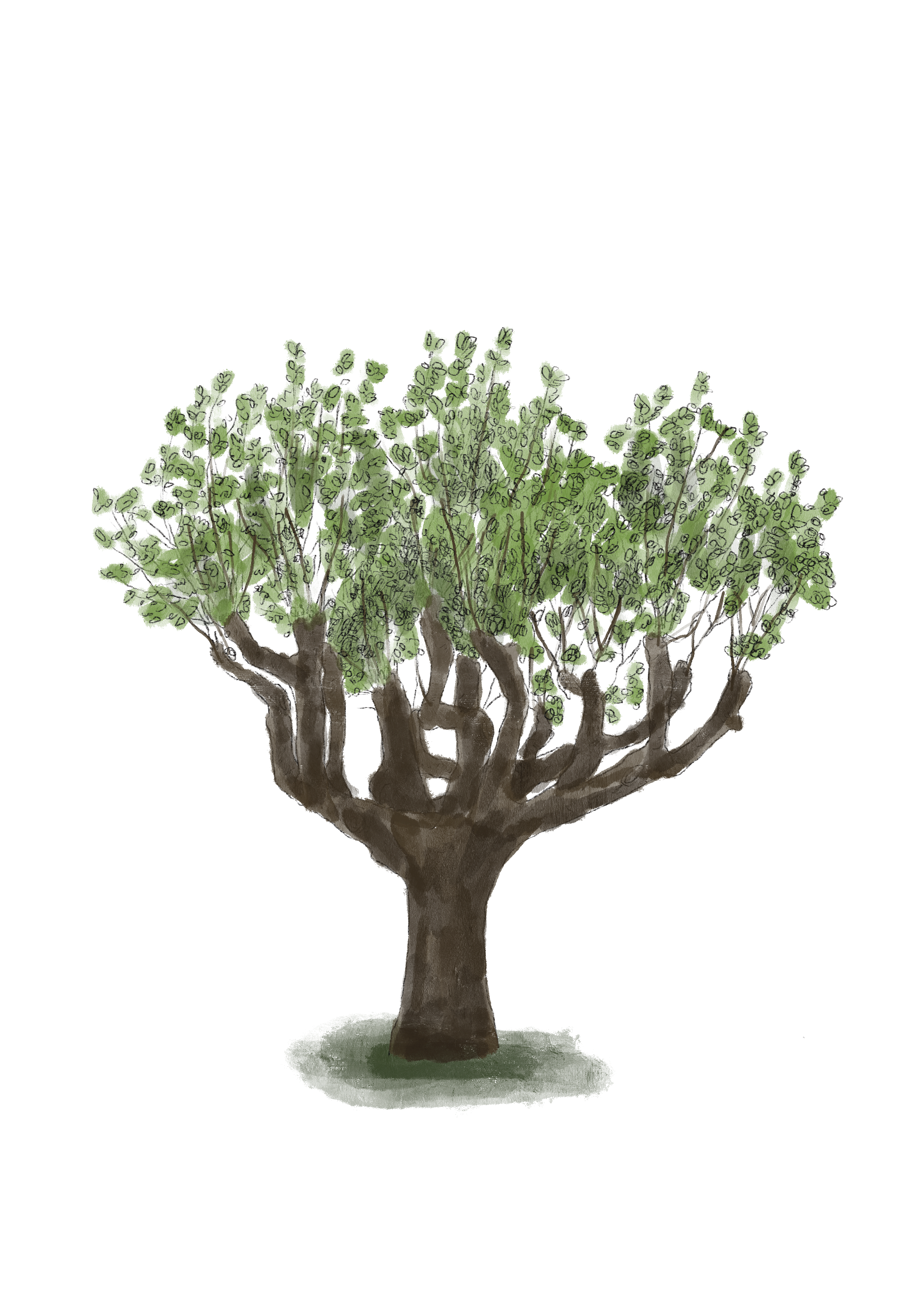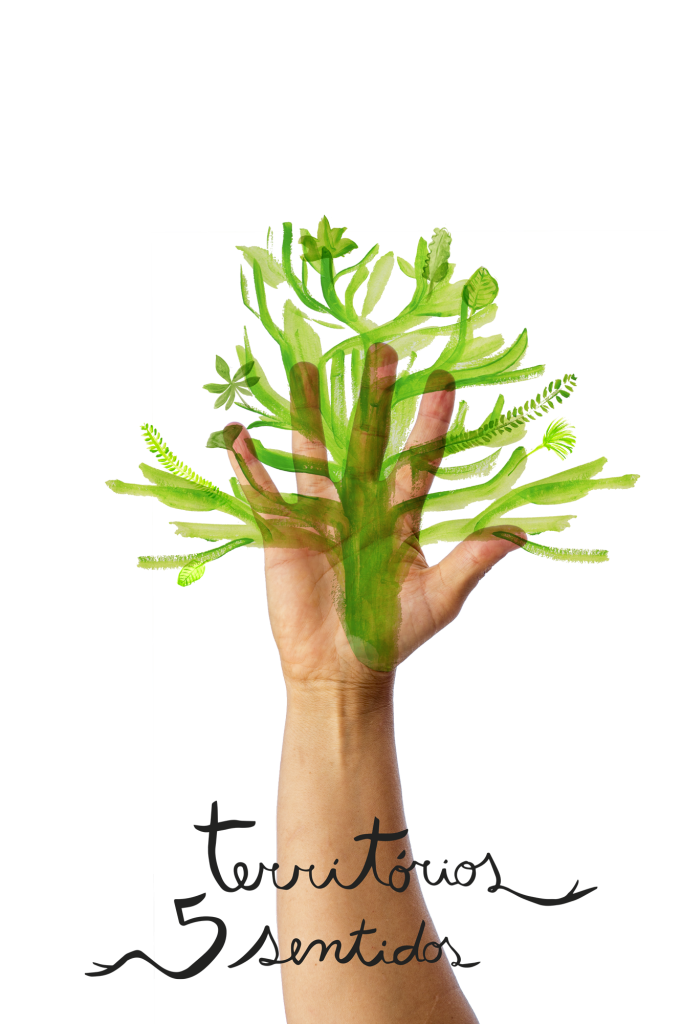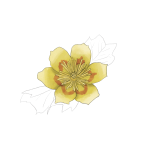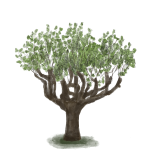

Tulip Poplar
Liriodendron tulipifera
This species is of some importance in the natural formations of the eastern United States of America. The conditions of evenly distributed annual rainfall, absence of frost, and wind protection contribute to its growth. It is a tree of large dimensions, which in its country of origin can reach a height of up to 60 metres in height.
Liriodendron type trees are easily recognised by their leaves; these have four lobes, in most cases cross-cut, with notch-like or upright base appendages. The leaves are large, ranging in size from 8 to17 cm long and 6 to 12 cm in width in all species; the leaves of young trees tend to be more deeply lobed than those of mature trees. In autumn the leaves turn a yellow or golden tone. The flowers are 4 to 8 cm in diameter, with nine tepals, three short outer sepals-like, and six inner petal-like, all yellow in colour. The stamens and pistils are arranged in a spiral around the central axis of the flower. The stamens are prominent, projecting outwards, and the pistils turn into samaras when mature.
It produces wood of high quality, however, in Portugal, these species are only used as ornamental, which is explained by its demanding ecological requirements.
The inner part of the bark and root contains tulipiferine which according to some studies is beneficial for heart and nervous system pathologies; it is very bitter and used as a diuretic, digestive tonic, and as a stimulant. It is also used in the form of a decoction in cases of dysentery, rheumatism, cough and fever. The bark, root and seeds in decoction are effective as dewormers.
It is used externally in the form of plasters to treat wounds and boils.
It is also used as a dyeing plant, and a golden colour is obtained from the bark.
The wood is soft, light, flexible and easy to work with, despite its low resistance, it does not crack easily. It is widely used in interior finishing and furniture.
The flowers are similar to the tulip flower which justifies the common name tulip tree.
Because of the wood’s characteristics, North American natives used the trunks to build canoes.
The still green chewed bark is believed to have aphrodisiac properties.
Video
Video Botanical Trail
Município de Castanheira de Pera
Tulip Poplar





